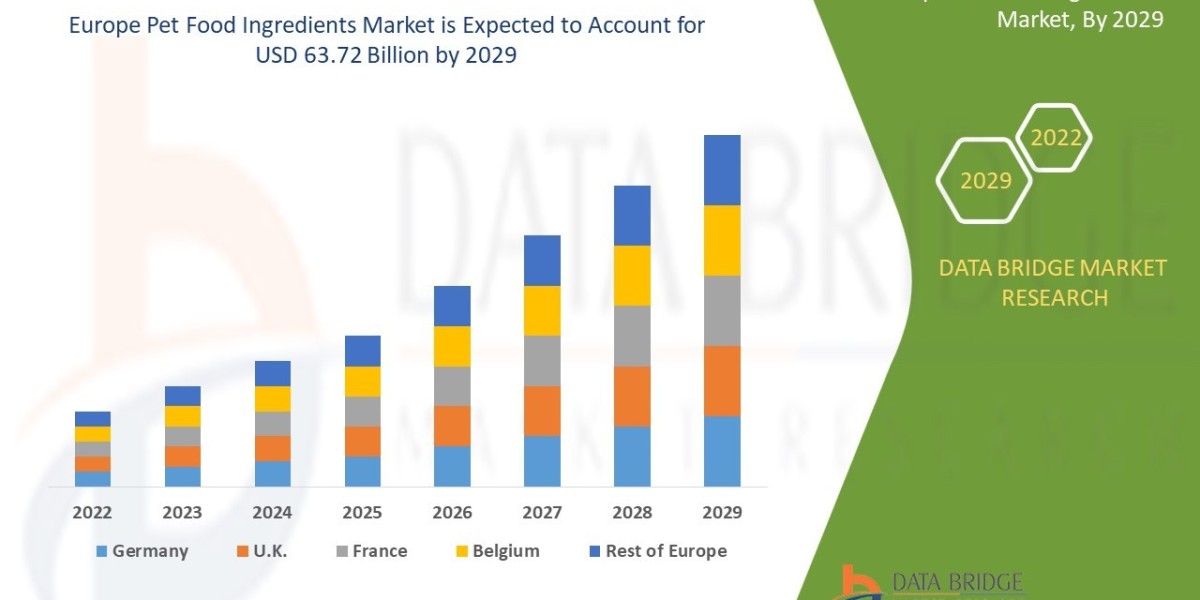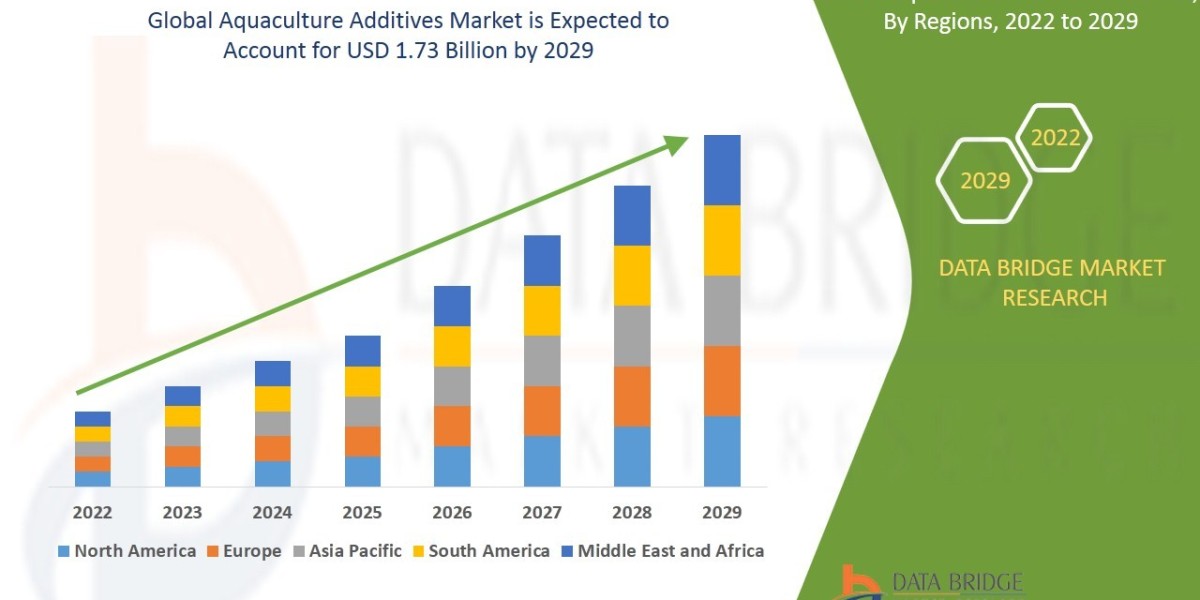Websites are no longer static brochures. They have become dynamic platforms where businesses showcase brand value, capture attention, and drive user engagement. The challenge for most companies lies in creating digital experiences that encourage visitors to stay longer and interact more.
An Immersive Website is designed to do exactly that. By combining visuals, storytelling, and interactive elements, it provides a deeper sense of presence. The question is whether this kind of design actually keeps users engaged for longer periods compared to traditional sites.
Why Engagement Time Matters
The length of time users spend on a site is directly linked to business outcomes. More time generally means higher chances of conversion, whether that is a purchase, a subscription, or a request for services. Engagement time also signals to search engines that content is relevant, which can improve rankings. Businesses that fail to engage visitors often struggle with high bounce rates and missed opportunities.
The Role of Visual Storytelling
Immersive design uses storytelling to create a journey rather than a static page. Video backgrounds, animations, and dynamic graphics guide users through a narrative. Storytelling helps simplify complex information, keeping visitors interested in learning more. A well-crafted narrative structure ensures that people not only stay but also connect emotionally with the brand.
Interactivity Increases Exploration
Interactive features such as scroll-based animations, clickable hotspots, and 3D product views encourage users to explore beyond the homepage. Interactivity transforms the website from a passive viewing experience into an active engagement platform. When visitors feel in control, they are more likely to spend additional time uncovering features and information.
Personalized Experiences Keep Users Engaged
Data-driven personalization is a critical component of immersive sites. Content that adapts to user preferences, browsing history, or location provides relevance. Personalized experiences create a sense of exclusivity, motivating users to stay longer. For example, tailored product recommendations or interactive maps that adjust to a user’s region can hold attention more effectively than generic content.
Navigation That Encourages Discovery
Traditional websites rely on straightforward menus, while immersive sites often use creative navigation techniques. These can include guided tours, progressive disclosures, or interactive timelines. Effective navigation encourages discovery without overwhelming the visitor. However, when overcomplicated, navigation can cause confusion and frustration, which reduces engagement time. The right balance is critical.
Bullet Point Insights on Time Spent
First Impressions Drive Retention: Users decide within seconds whether to stay on a website. Immersive design captures attention immediately, reducing bounce rates and inviting exploration.
Active Participation Extends Visits: Features that allow users to interact, click, or manipulate content hold interest longer. Active participation is proven to increase average session duration.
Content Relevance Shapes Behavior: Personalization ensures users encounter information that matters to them. Relevance encourages repeat visits, extending long-term engagement.
Simplicity Still Matters: While immersive sites are visually rich, clutter or unnecessary complexity shortens visits. Clean design combined with interactivity delivers the best balance.
These points show that immersive websites can increase engagement time, but only when they respect usability principles.
Measuring the Impact of Immersion
Analytics tools provide measurable insights into whether immersive design increases time spent. Key performance indicators include session duration, pages per visit, and scroll depth. Comparing these metrics between immersive and traditional designs reveals how users respond. In many cases, immersive sites demonstrate higher session durations, but the data also shows that poorly executed designs can have the opposite effect.
Risks of Overdesign
While immersive websites have strong potential, they are not without risks. Too much animation or excessive load times discourage visitors. Users may leave before the site even fully loads if performance is compromised. Accessibility is another concern, as complex visual elements can create barriers for some users. Businesses must balance creativity with speed, clarity, and inclusivity.
Conclusion
Immersive websites can increase the amount of time users spend on a page, provided they balance design with usability. Storytelling, interactivity, personalization, and clear navigation are powerful tools for extending engagement. At the same time, overcomplication or slow performance can cancel out the benefits.
For businesses evaluating next steps, the shift toward immersive web experiences shows that user expectations are moving beyond static content. The companies that succeed will be those that create environments where technology and design work together to hold attention while delivering value.








